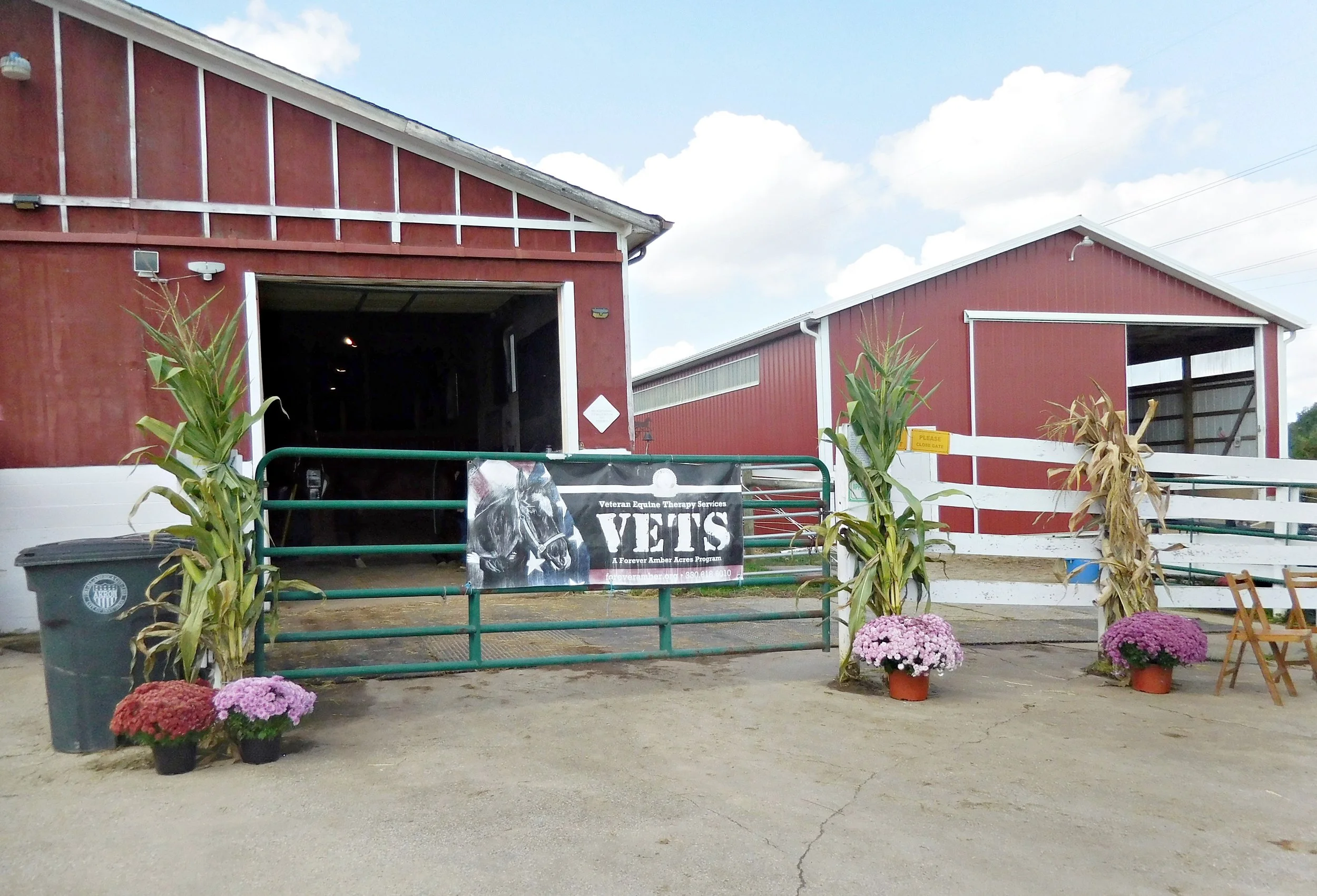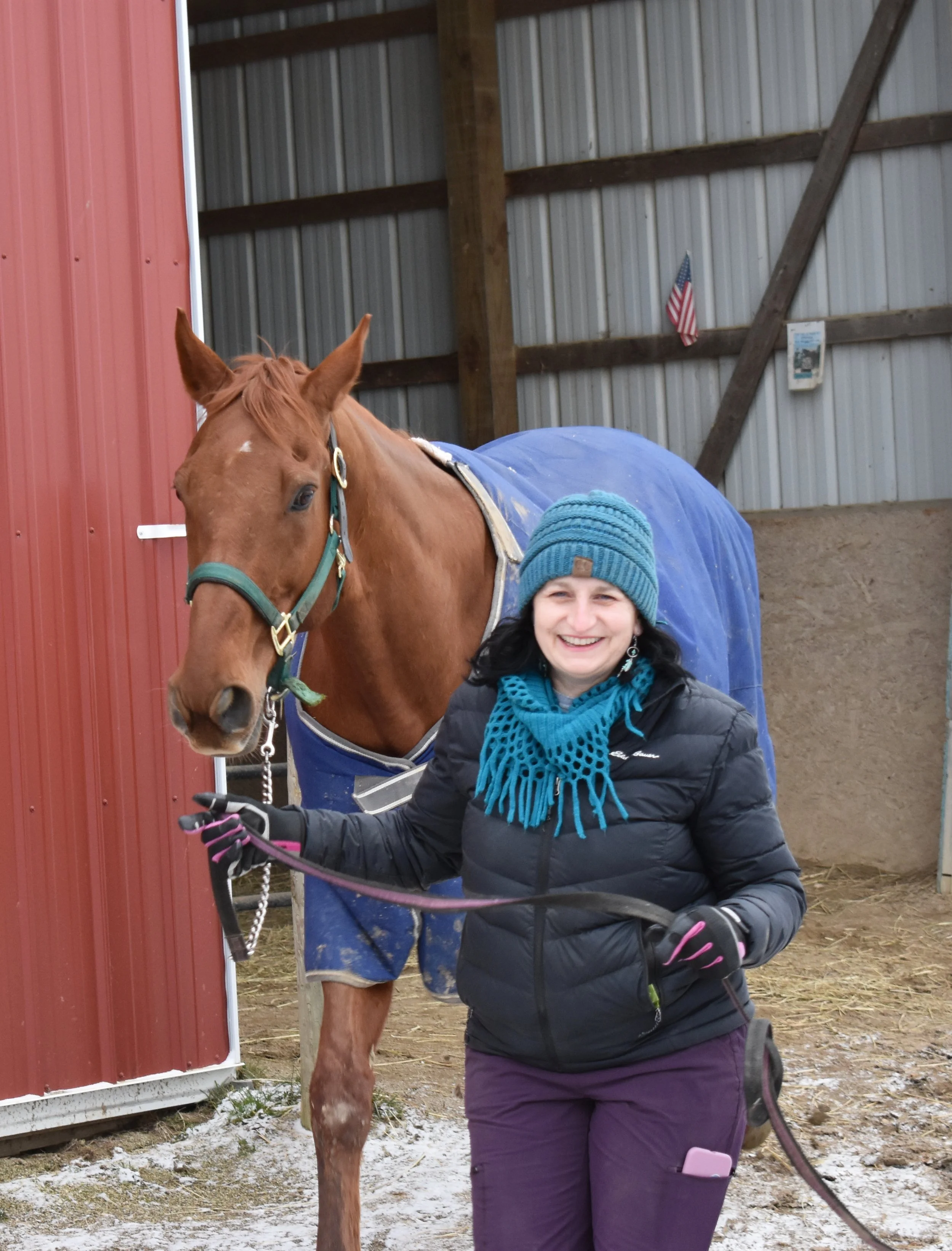
Serving military personnel, veterans, first-responders, and civilians who struggle with the emotional effects of trauma, post-traumatic stress, and other challenges.
The naturally intuitive nature of horses can offer a therapeutic experience; a path to resilience, self-awareness, and hope. Surrounded by nature in the safety of our sanctuary, discover the transformative power of equine-assisted healing.
Our Mission
The mission of Forever Amber Acres is to offer hope and healing to military personnel, veterans, first responders, and individuals in Northeast Ohio and surrounding areas, who are challenged by trauma and related conditions using innovative equine assisted therapy, learning and wellness techniques, while providing a safe haven for horses in need.
Our Vision
To create a community of support and empowerment in a safe and nurturing environment where individuals can heal, grow, and thrive. We are dedicated to promoting physical, emotional, and mental well-being by making a positive impact on the lives of both humans and horses, fostering a sense of connection, resilience, and renewal.
Our Impact Since 2018
1485 Clients served
17 Northeast Ohio Counties, Pennsylvania and West Virginia
Since 2018 we have provided over 2,000 hours to our constituents
Equine-Assisted Mental Health and Wellness Services to Our Military Community, First-Responders and Civilians
$218,618 Program Service Value to Constituents
82% at No-Cost Thanks to the Generosity of Our Grant Funders, Sponsors and Donors
Humans and Horses Healing Together
-
Sponsors
Your donations and sponsorship are vital to the success of our mission. When you become a sponsor of our programs, your donation is tax deductible. If you wish you’ll be recognized on our website and social media. Thank you for supporting our programs.
-
Donate
As a registered non-profit organization, donations are what keep us going. Learn about how every donation you make is tax deductible and how it helps our rescue animals.
-
Volunteer
Looking to spend some quality time with some fantastic animals? Look no further! Forever Amber Acres has a wide variety of volunteer opportunities available for everyone. We also provide comprehensive training for all of our volunteers!

Real Stories - Real Results

















